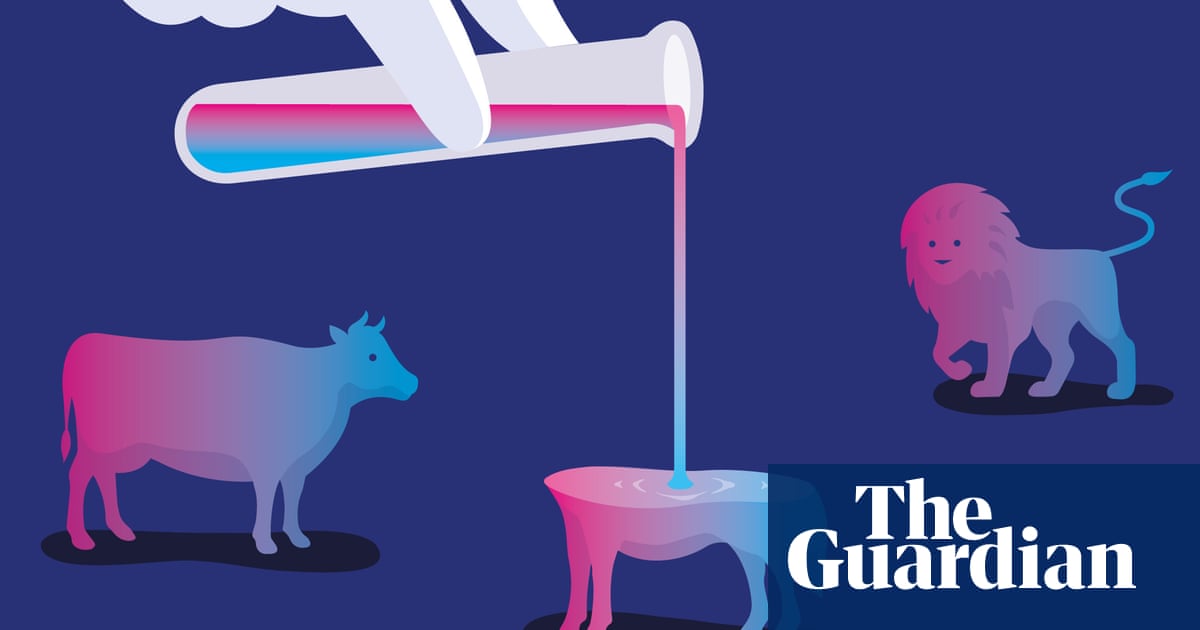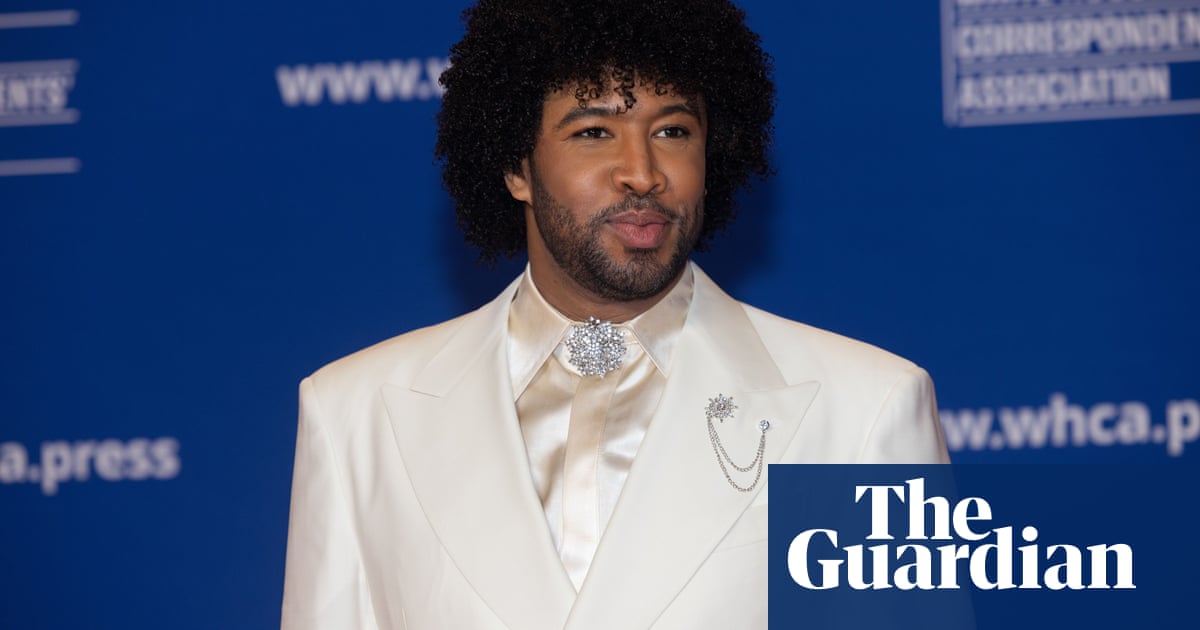‘Mummy, Charlie called me fat today’
If your child is upset because a classmate has been unkind about their body, it’s natural to want to ease their distress with: “You’re not fat, darling, you’re beautiful!” However, trying to reassure them in this way is more likely to undermine their body confidence. First, it reinforces the message that being fat is bad, thereby perpetuating stigma, instilling a belief that only some body types are acceptable, and eliciting fear around weight gain. Second, it focuses on bigger bodies being the problem, rather than name-calling and stigmatising behaviour. And third, it insinuates that you can’t be fat and beautiful.
Instead, you might say: “That sounds so hurtful. What was that like for you?” or “What do you think they meant by that?” to help validate their feelings before encouraging self-acceptance by saying something like: “Sometimes people say hurtful things because they’re struggling with their own feelings. Or, they might just be repeating harmful things they’ve heard about bodies without really thinking. Remember, all bodies are good bodies, and being in a bigger or smaller body doesn’t make someone better or worse. What matters is how we treat ourselves and others.”
These type of conversations help promote emotional intelligence, critical thinking, self-compassion and coping skills (all of which underpin self-acceptance). They also invite valuable discussions about natural body diversity, beauty standards, and how others’ words are reflective of their own biases and coping mechanisms, not an objective truth.
If you discover it’s your kid who has been doing the fat-calling, explore what happened with empathy and curiosity. Was it a neutral observation, like calling someone tall, or brunette? Or was it intended as an insult? What were they thinking or feeling at the time? There may be signs they’re adopting body-shaming attitudes from their environment, which need addressing.
If you realise those attitudes have come from you, be compassionate with yourself. You have been embedded in a diet culture that reveres thinness and demonises fatness, and this conditioning will take some mindful undoing. Surround yourself with people, books, podcasts and resources that affirm self-acceptance (communities such as Health at Every Size can be really helpful).
‘Daddy, am I handsome?’
It’s a reality that physical attractiveness, especially when it conforms to societal beauty standards, can affect how adults and peers interact with children. Research indicates that kids as young as three can develop anti-fat biases from their surroundings. Being considered attractive often feels integral to kids’ sense of social acceptance and peer approval. It’s therefore our job to buffer this by amplifying the value of non-appearance-based qualities and what our bodies can do beyond the way they look.
Questions such as: “Am I handsome?” or “Am I pretty?” are an opportunity not only to learn more about what matters to your child and how they’re feeling, but also to reinforce the intrinsic qualities they possess, promoting a more stable sense of self-worth. You might respond with, “You are beautiful inside and out! But what matters most to me is how kind, thoughtful and curious you are.”
‘Please, please can I have that serum? I need it!’
Makeup, skincare and supplement products aimed at kids are now big business. Companies recognise that individuals who experience shame or dissatisfaction with themselves tend to buy more, so it’s not in their best interest to promote self-acceptance.
Children will naturally want to emulate their role models, including their parents, so it’s beneficial to validate their curiosity about using these products by saying something like: “I love how curious you are, and I can see you’re excited about trying new things.”
If you have a younger child who wants to try makeup, remind them that some products are intended for adults and older children only. However, there may be suitable, age-appropriate alternatives for them to try that you can emphasise are for fun, sensory experience and creativity rather than meeting beauty standards. These might include face paints, lip balm or glitter gel.
When it comes to skincare products, explain to your child that, like brushing your teeth, taking care of your skin is about maintaining your health, not just appearance. Their skin is young and sensitive, so using too many products can be harmful; therefore, they need to treat their skin gently. This might include helping them choose an age-appropriate cleanser, moisturiser and sunscreen.
‘Do I need protein shakes to get hench?’
For boys, the lean, muscular idealised body standard depicted by the media and fitness culture often makes protein supplementation and gym workouts appealing. You can encourage their interest in building strength and taking care of their body, while also providing reassurance that most people can meet their nutritional needs without the need for supplements.
Given that boys also struggle with body image concerns, it’s key to also emphasise that boys and men come in all shapes and sizes, encouraging self-acceptance and self-care over rigid physical standards.
‘Mummy, is this food bad for me?’
Thinking about how you talk about food is another way parents can support a healthy body image. Start by avoiding language that labels foods as good or bad, and resist the urge to heavily restrict specific foods. When a food is demonised or limited, kids tend to covet it more, and are more likely to experience guilt and shame when they do eat it. All foods can be part of a healthy diet, and the more variety kids are offered, the more likely their intuition about what their body really needs will remain intact.
Speaking neutrally about all food types doesn’t mean you should give your kids free rein to eat exactly what they want all of the time. However, it does mean offering a variety of foods whenever possible and allowing your child to choose how much of each provided food type they would like.
As outlined in the division of responsibility model by dietitian Ellyn Satter, your job is to decide when, what and where your children are offered food, providing regular meals and snacks; your kid’s job is to decide whether to eat each food type, and how much of it they want to consume.

.png) 10 hours ago
7
10 hours ago
7













































